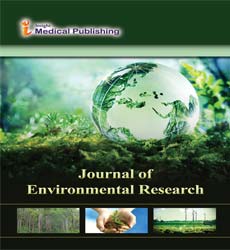Transient Performance Analysis of Solar Dish Concentrator Integrated with Stirling and Thermoelectric Generator for Small Scale Irrigation. A Case Study of Ethiopia
Abstract
Global growth of the human population, the impact of climate change and the rapidly decline stock of fossils fuel step up the demand for food, water and energy. Irrigation technologies play a vital role in negating poverty and food insecurity in a developing country toward promoting sustainable development goals. Rain based agricultural activities and the lack of modern irrigation technologies in Ethiopia aggravates the problem throughout. In this work, a transient performance investigation of solar dish concentrator coupled with Stirling and thermoelectric generator is presented for the small- scale irrigation system. A solar dish concentrator having a 2.8m aperture diameter and 0.4m depth is used for the analysis. The thermal Stirling pump analysis is performed using a second-order ideal adiabatic model, and COMSOL Multiphysics is used for the thermoelectric generator. Investigation of system performance is carried out at different operating parameters, and variation of output power and pump flow rate with solar time for a selected irrigation season is presented. Results show that at a heat source temperature of 410.7 K, thermoelectric unit gives a maximum electrical power of 5.2 W at an electrical efficiency of 2.78%. A Stirling pump provides a cumulative flow rate of 204,224.1liters/day at a thermal efficiency of 18.61%. The variation of output power, pump flow rate with a time, effect of regenerator effectiveness on the thermal efficiency of the Stirling pump is also explored. It is found that for all selected irrigation season, the output power and pump flow rate reach a maximum at noontime, and the thermal efficiency of the Stirling increases with increasing regenerator effectiveness. Thus, utilizing a solar thermal based irrigation system in a site with a high potential of beam solar radiation allows smallholder farmers to generate more income toward improving food securities in the country.
Open Access Journals
- Aquaculture & Veterinary Science
- Chemistry & Chemical Sciences
- Clinical Sciences
- Engineering
- General Science
- Genetics & Molecular Biology
- Health Care & Nursing
- Immunology & Microbiology
- Materials Science
- Mathematics & Physics
- Medical Sciences
- Neurology & Psychiatry
- Oncology & Cancer Science
- Pharmaceutical Sciences
